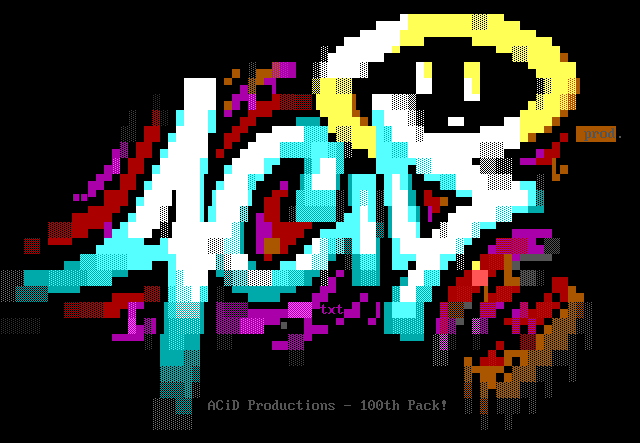

The flipside is: why the hell doesn’t any game work on eight gigabytes of VRAM? Devs. What are you doing? Does Epic not know how a texture atlas works?
It’s not that they don’t work.
Basically what you’ll see is kinda like a cache miss, except the stall time to go ‘oops, don’t have that’ and go out and get the required bits is very slow, and so you can see 8gb cards getting 20fps, and 16gb ones getting 40 or 60, simply because the path to get the missing textures is fucking slow.
And worse, you’ll get big framerate dips and the game will feel like absolute shit because you keep running into hitches loading textures.
It’s made worse in games where you can’t reasonably predict what texture you’ll get next (ex. Fortnite and other such online things that are you know, played by a lot of people) but even games where you might be able to reasonably guess, you’re still going to run into the simple fact that the textures from a modern game are simply higher quality and thus bigger than the ones you might have had 5 years ago and thus 8gb in 2019 and 8gb in 2025 is not an equivalent thing.
It’s crippling the performance of the GPU that may be able to perform substantially better, and for a relatively low BOM cost decrease. They’re trash, and should all end up in the trash.














Yeah it’s the drives and the controller for all the drives that are making the power usage what it is. I could replace some of the older drives with a newer one and be able to ditch the smaller drives and controllers, but it seems a waste to do that until they die.
Also, I wouldn’t mind ditching for a Sufficient™ amount of nvme storage, but SSDs aren’t actually getting cheaper and are probably going to do the opposite, so I’ll likely end up doing uh, nothing,